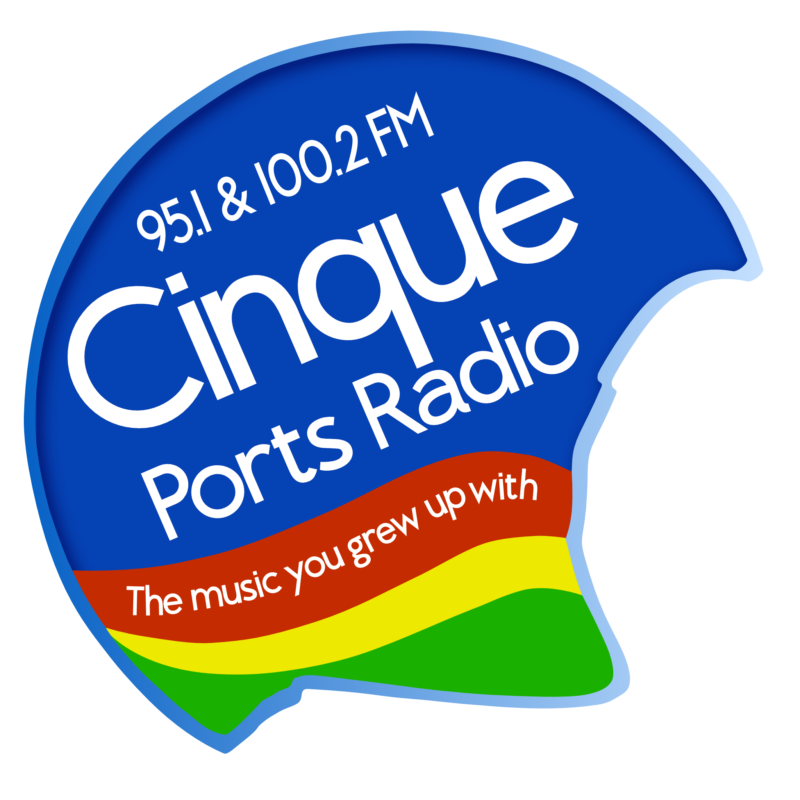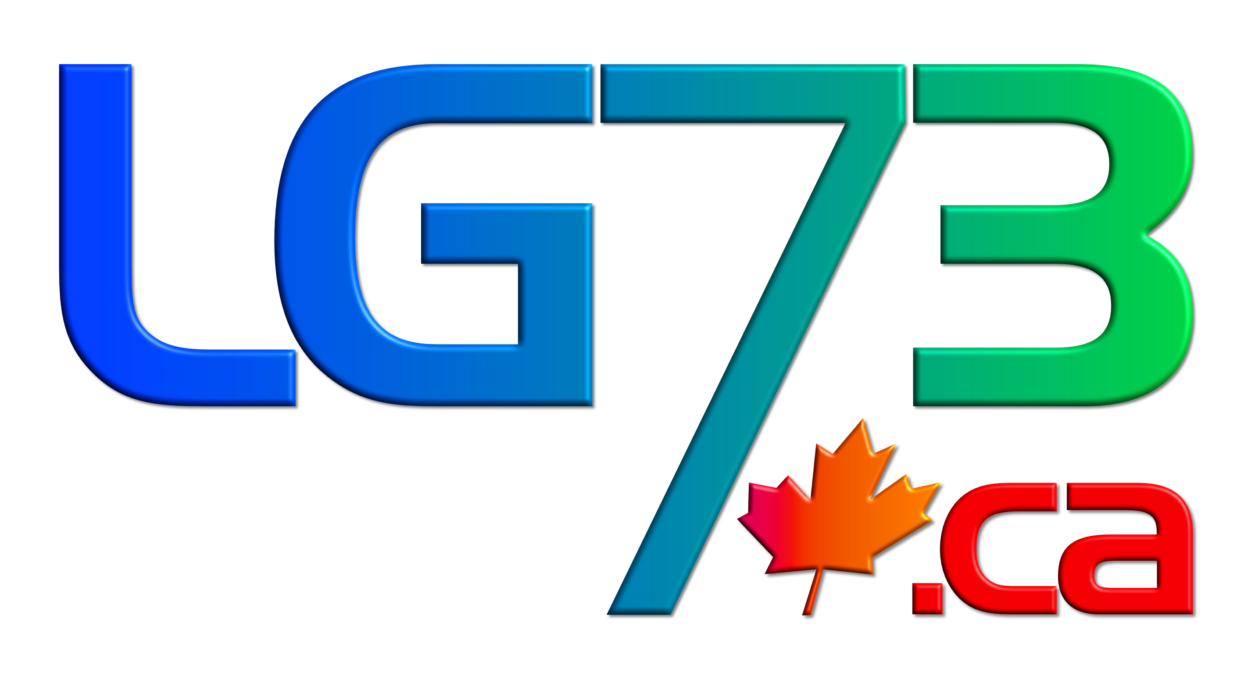by "Phresh Phil" December 24th, 2023
I'm an IT consultant and software developer. One of my past jobs was Radio Presenter. I still love being on the radio so I keep that going on the side.
I'm currently on-the-air on Cinque Ports Radio 95.1 and 100.2 FM and Internet Radio station LG73.ca Thursdays and Fridays Noon to 2:00 p.m. Pacific (8:00 p.m. to 10:00 p.m. UK time) using the on-air name "Phresh Phil" with a show I call Doublecast.
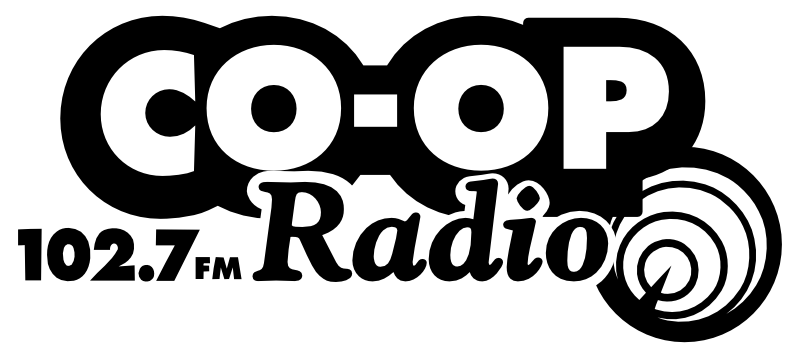
My first exposure on-air was in the late 1970s on CFRO-FM 102.7, Vancouver's Co-op Radio. That community radio station remains on-air, these days on 100.5 FM. I had no formal radio training so my communication on CFRO-FM was "one-to-many" and far more effective than what I later learned about how to talk on the radio. It was a natural and intuitive way to speak with a group of people I couldn't see or know what they were up to while listening.
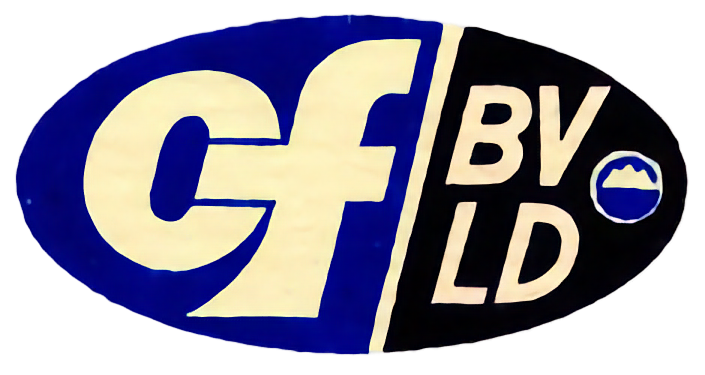
In the early 1980s, I decided to pursue radio as a full-time career. My paid time on-air began on CFBV AM 1230 in Smithers, BC on December 1st, 1983. Prior to scoring my first radio job and as I progressed in that career I had some fine radio mentors help me learn the business. They all happily shared radio's great myth with me: "Radio is a one-to-one medium between you and the listener".
This led to the very popular and relentless use of the word "You" when speaking on-air to the "personal listener". I'm not sure exactly when this idea started, but I believe it was either in the late 1960s or early 1970s. I was taught to visualize the listener while speaking directly to them and always refer to them as "you". Somehow at the time this made sense to me and I believed it was the best way to talk on the radio. I persisted with "one-to-one" communication on-air until the mid 2010s when I was introduced to a better way of speaking on radio.
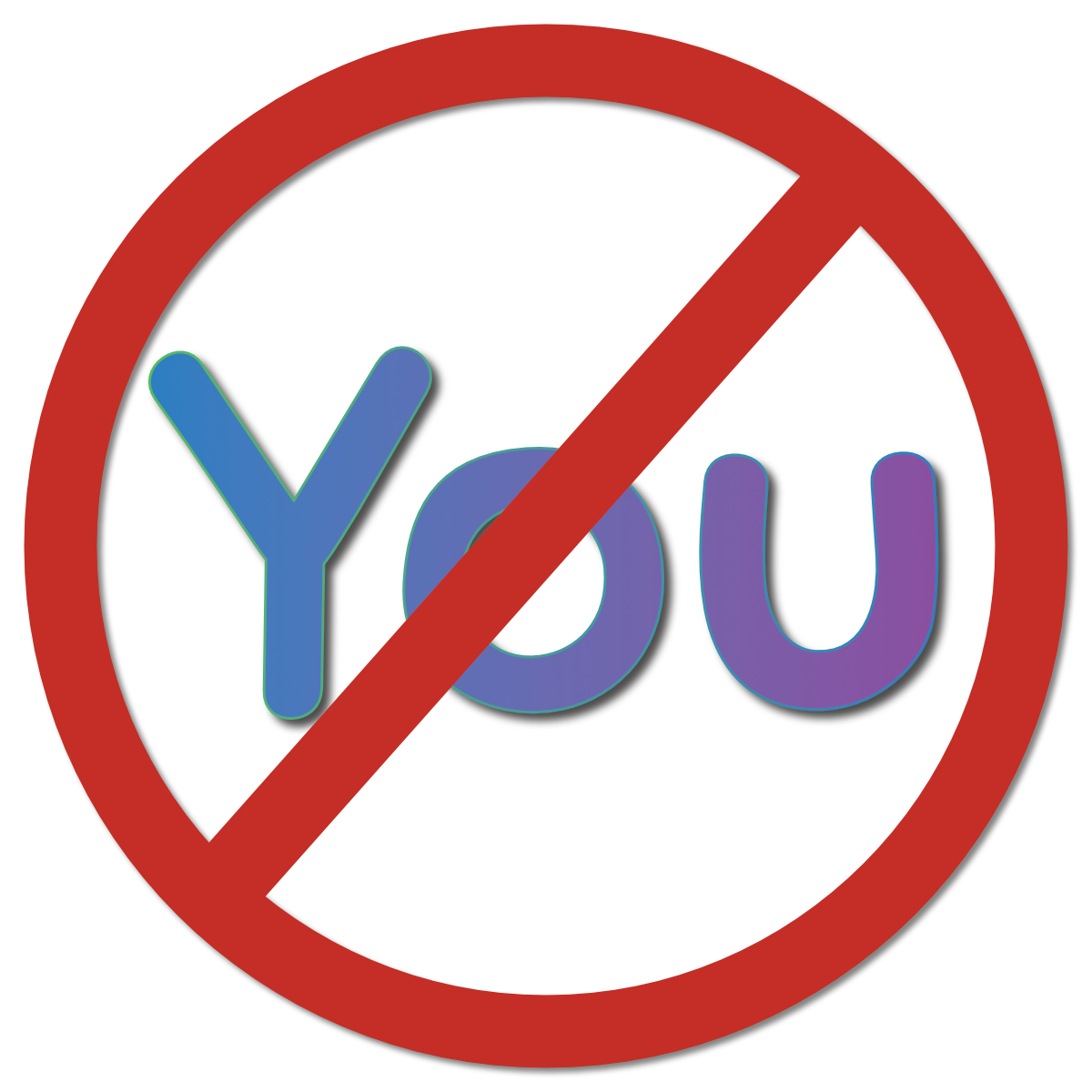
My brain was opened up to the idea that radio is really a one-to-many medium and the most effective communication on-air happens when speaking in a one-to-many mode. I stumbled onto articles by Canadian radio consultant Ronald T. Robinson first on the RadioWest.ca radio forum then in the Radio Ink magazine.
Ronald's writing is verbose but the message is important.
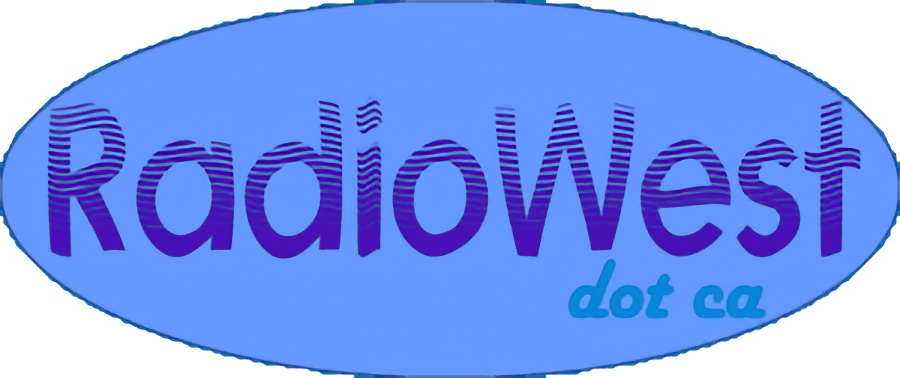
My initial exposure to thinking differently about radio began with a message thread on RadioWest called "What's it Going to Take" started by Ron Robinson under the forum nickname Pave. Here's a link to where the good stuff starts about radio and what I refer to as "Y-bombs" (the use of the word "you"):
https://radiowest.ca/forum/viewtopic.php?f=14&t=8124&start=60
It might be too frustrating to navigate that message thread that contains some very long-winded diatribes so here are other links to consider:
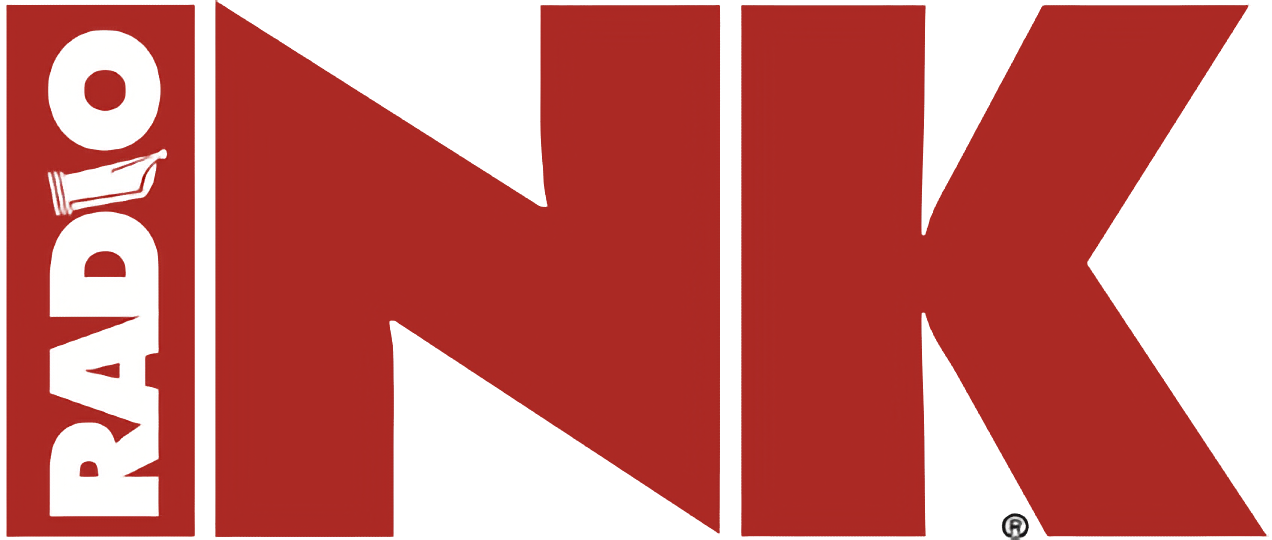
Radio Ink: Reprised: the You Factor
Radio Ink: The Unknown Listener
Radio Ink: Radio Indoctrination 101
There are numerous other articles by Ronald T. Robinson on the Radio Ink site about the persistent myth of one-to-one communication that still dominates radio today.
This excerpt from Radio Ink article "Radio Indoctrination 101" sums up the fallacy:
-
- Radio is a “one-to-one” medium.
Nobody in radio has ever been able to identify who that “one” is, particularly when it is always assumed that listeners, at any given time, can be counted in the thousands. Further, the number of times an audience member can identify the speaker, particularly in the delivery of commercials, is a dangerously rare occurrence. The application of the principle of the wholly fantasized “Personal Listener” leaves the speaker in a very precarious position.
Rather than radio being a “one-to-one” medium, all the evidence demonstrates that radio almost always is a “live,” recorded, and possibly unknown speaker to a definitely unknown and unspecified listener.
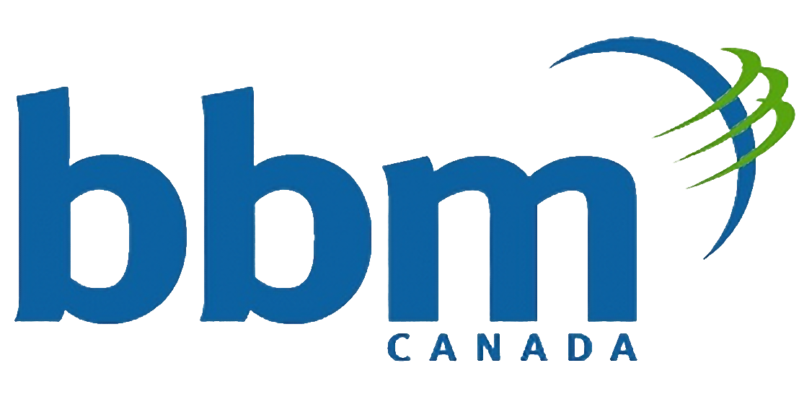
If ratings matter, my biggest success in radio was in 1985 and 1986 when I hosted mid-days at CJXX-AM 1430 in Grande Prairie, Alberta. The shift included an hour called "The Lauzon's Exchange Line" when listeners phoned in with items to buy, sell or trade. Initially it was a torture to do as I followed management guidelines and played it straight through the entire hour.
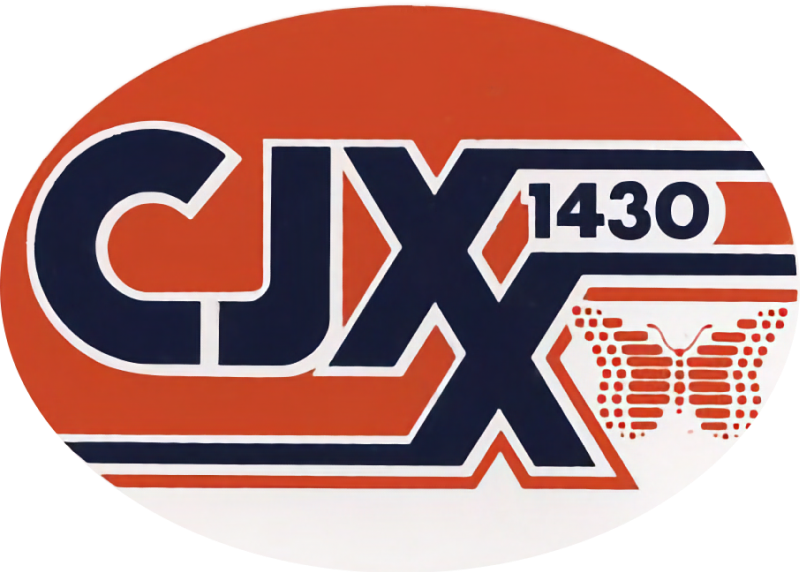
I was as bored with it as the listeners. So I changed it up and turned it into something much bigger than expected. I began chatting with the listeners going beyond whatever item they wanted to flog. Management hated what I was doing, but the show's transformation into a community gathering worked and when the BBM ratings were released, the numbers backed up the success.
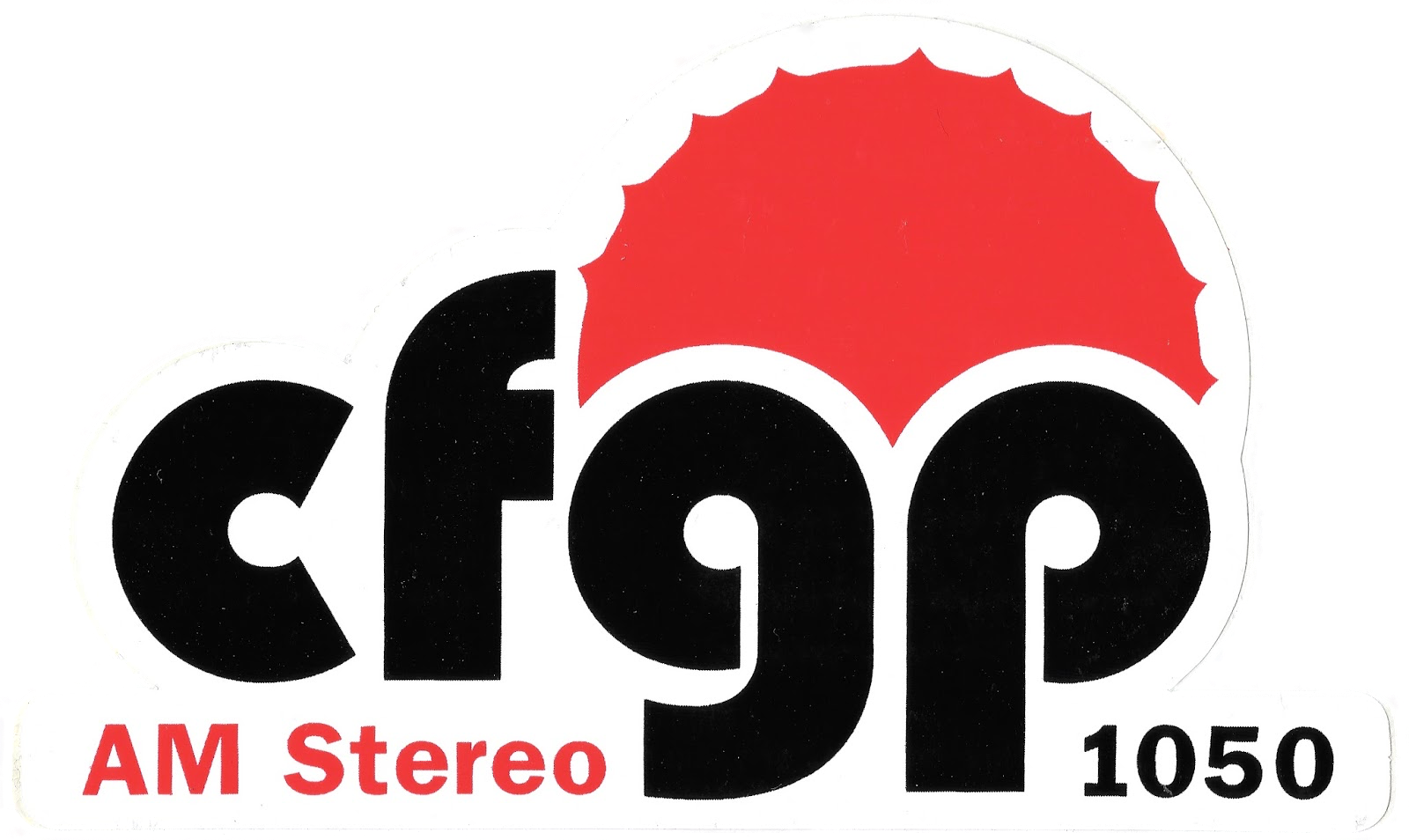
Our main local competitor was CFGP-AM 1050. They ran a top 40/Adult Contemporary music blend while our station played contemporary country music. Our style on-air was more top 40 than country. We had the same jingle package as Vancouver's CFUN-AM 1410 back when CFUN was a top 40 giant battling with CKLG-AM 730.
Morning drive was the top radio shift with the most listeners and advertising revenue. In the spring 1986 BBM Ratings, CFGP stomped over our morning show with an overall 3:1 lead in listeners. The Tim Weston Show hosted by my friend and neighbour Tim destroyed The James Pearce Get Together hosted by the late James Pearce.
Thanks to The Lauzon's Exchange Line, listeners made a big switch at 10:00 a.m. to CJXX. My mid-day shift beat The Ken Geiger Show on CFGP with a 2:1 lead, and the best numbers of the day for CJXX, exceeding the morning show by a large margin. Back then that was unheard of as morning shows dominated ratings with the biggest numbers. The Lauzon's Exchange Line had become "destination radio" and even listeners who hated country music were tuning in.
When the mid-day shift ended at 2:00 p.m., CFGP regained top ratings with an overall 2:1 lead over CJXX. Ken Norman outperformed Lorne Andrews but the numbers were closer than the morning show.
I never understood why the mid-day show was so successful. For the hour of The Lauzon's Exchange Line, I unknowingly abandoned the one-to-one direct communication model and instead was chatting directly with listeners on the phone for the entire hour. For the radio listeners, this was me stumbling onto the most effective radio communication. The phone calls created a listener experience similar to being an evesdropper at a cocktail party, listening in to conversations without hearing any assumptions made about them or what they were up to. Remarkably with that one hour of excellent communication, listeners stuck with me for the other 3 hours of the shift in spite of my morphing back into radio mythology and the one-to-one model with the associated relentless Y-bombing. It was a ratings success I've never repeated.
Since I refused to abandon my "community gathering" approach to the show, station management seized their first opportunity to get rid of me. I was fired in May 1986, 5 days before BBM published the spring 1986 ratings. I hope the idiot management suffered after realizing they just fired their top rated presenter!
These days radio stations often have a group of presenters work together on morning shows. Presenters spend most of the show talking to each other instead of attempting to speak directly to listeners. They may not realize it but that's when they are most effective on-air.
There are plenty of examples in Ronald T. Robinson's writing where radio's one-to-one mythology fails but I have one personal experience that comes to mind. It's after work and I'm making my way back home to New Westminster from a client site in North Vancouver. Traffic is at a standstill on the Lower Level Road. I fire up the car radio and tune in to CKWX-AM 1130, "News 1130" with traffic and weather together on the 1s.

The traffic reporter Y-bombs throughout the update. He says "You're looking at about a 20 minute delay northbound to get through the Massey Tunnel". I look around as I'm stopped on the Lower Level Road. I can't see the Massey Tunnel from there. I'm heading eastbound trying to get to the freeway and home to New Westminster. I yell at the traffic reporter: "No you idiot, I'm in North Vancouver stuck on the Lower Level Road. Why did you just tell me I'm on highway 99 heading northbound?"
This is an example of how ludicrous the one-to-one myth of radio is. For listeners, this relentless nonsense causes most of what they hear to travel in one ear and out the other. I finally realized the idiocy of Y-bombing listeners and forced myself to put a stop to it.
One-to-one communication on broadcast radio doesn't work now and never has. The only people who respond to this are radio presenters who have had the same brainwashing and are not normal radio listeners. To them any deviance from Y-bombing is wrong. For non-presenters the Y-bombing hurts their brains and causes them to subconsciously tune out much of what they are hearing.

In Psychology, the term TDS stands for Transderivational Search (not Trump Derangement Syndrome). An article in Wikipedia explains TDS: Transderivational Search
Here is a quote from that article:
Because TDS is a compelling, automatic and unconscious state of internal focus and processing (i.e. a type of everyday trance state), and often a state of internal lack of certainty, or openness to finding an answer (since something is being checked out at that moment), it can be utilized or interrupted, in order to create, or deepen, trance.
TDS is a fundamental part of human language and cognitive processing. Arguably, every word or utterance a person hears, for example, and everything they see or feel and take note of, results in a very brief trance while TDS is carried out to establish a contextual meaning for it.
TDS creates a disconnect in the listener's brain when they are Y-bombed and the content is completely irrelevant to where they are or what they are thinking when they hear it. In my prior example, the traffic reporter is messing with my head trying to convince me I'm on a different highway in a different city going in a different direction. TDS normally causes the brain to shut out the communication as nonsense. How long it gets shut out will vary but this is clearly not a path towards retaining radio listeners and improving TSL (time spent listening).
There is no way to turn off TDS. That means there is no way to maintain effective communication on-the-air by persisting with the one-to-one mythology. Radio can never be a one-to-one medium no matter how much some radio consultants want it to be.
It wasn't easy at first to abandon the one-to-one method as I had decades of experience doing it and had been very effectively brainwashed into believing in it. Once I did get rid of it I felt much better about my on-air work and believe it's better now than anything I did when I was being paid to do it (other than the Lauzon's Exchange Line).

My recommendation for fellow radio presenters: slog through Ronald T. Robinson's writings if you can. Consider abandoning the one-to-one approach and try instead using 3rd person references and stop assuming you know what the listener is doing or thinking. I believe this approach will lead to greater listener retention and more TSL.
All the best in 2024!
Cheers,
Phil

